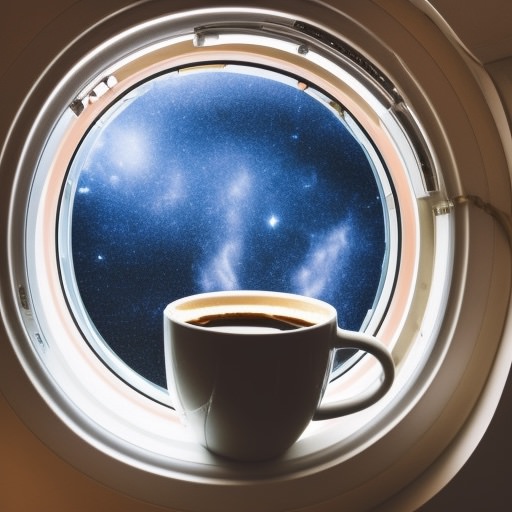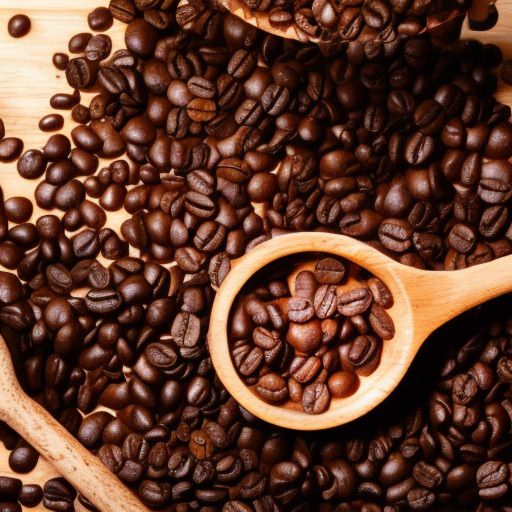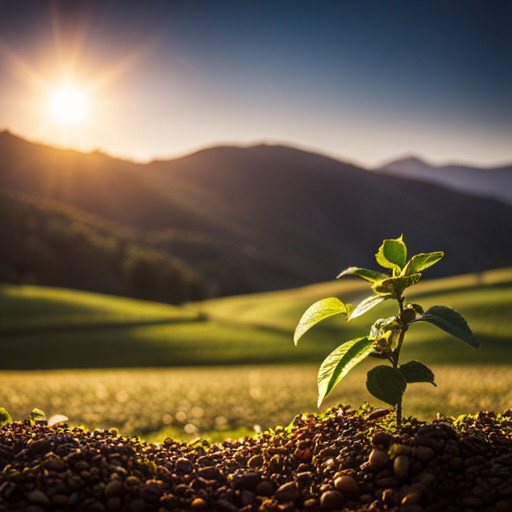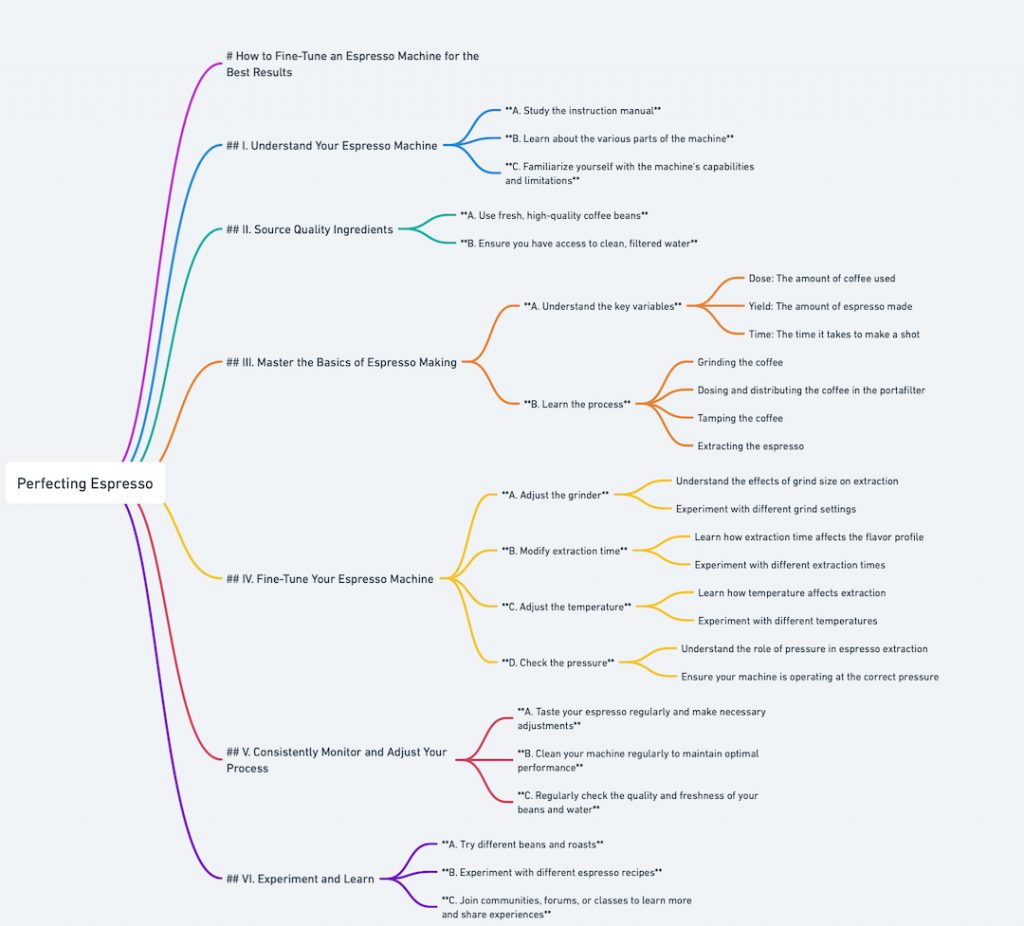Coffee, beloved by many of us for its aroma, flavor, and stimulating properties, is often a subject of numerous myths and misinformation. With its global popularity, it’s not surprising that it becomes a center for various debates regarding its effects on health, caffeine content, and more. From age-old tales of stunted growth to misconceptions about caffeine levels in different roasts, many of these claims lack scientific grounding. Let’s debunk some of these widespread coffee misconceptions that have brewed alongside our favorite cup.
Coffee Dehydrates You: While it’s true that caffeine can have a mild diuretic effect, the amount of water in a cup of coffee tends to make up for this. As a result, drinking moderate amounts of coffee doesn’t dehydrate you under normal circumstances.
Coffee Stunts Your Growth: There is no scientific evidence to support the claim that drinking coffee stunts growth. This myth might have originated from old studies that associated coffee with bone loss, but those findings are outdated and have been debunked.
Espresso Has More Caffeine than Regular Coffee: This is a matter of serving size. While espresso has more caffeine per volume, a typical serving of espresso is much smaller than a serving of regular coffee. Therefore, a cup of drip coffee often contains more total caffeine than a shot of espresso.
Coffee Helps You Sober Up: Coffee might help with the drowsiness associated with alcohol, but it doesn’t help metabolize alcohol faster. Drinking coffee can give the impression of being less drunk, but it doesn’t change the body’s level of intoxication.
Dark Roast Coffee Has More Caffeine: In fact, the roasting process breaks down the caffeine molecule. Thus, dark roast beans, which are roasted longer, actually have slightly less caffeine than light roast beans. However, the difference is quite small and likely won’t significantly affect the caffeine content of your cup.
Decaf Coffee is Caffeine-Free: Decaffeinated coffee still contains small amounts of caffeine. While it’s significantly less than regular coffee, it’s not completely caffeine-free.
Coffee is Bad for Your Health: While it’s true that excessive coffee consumption can have negative effects, moderate coffee intake can actually have several health benefits. It’s rich in antioxidants and has been associated with a lower risk of certain types of cancer, Parkinson’s disease, type 2 diabetes, and liver disease.
Remember, most of these effects depend on various factors including the quantity of coffee consumed, individual tolerance to caffeine, and overall diet and lifestyle. I’m not a doctor, these are just bits of information I found helpful when thinking about things people say about my favorite drink.
Please note that if you purchase from clicking on the link, some will result in my getting a tiny bit of that sale to help keep this site going.





